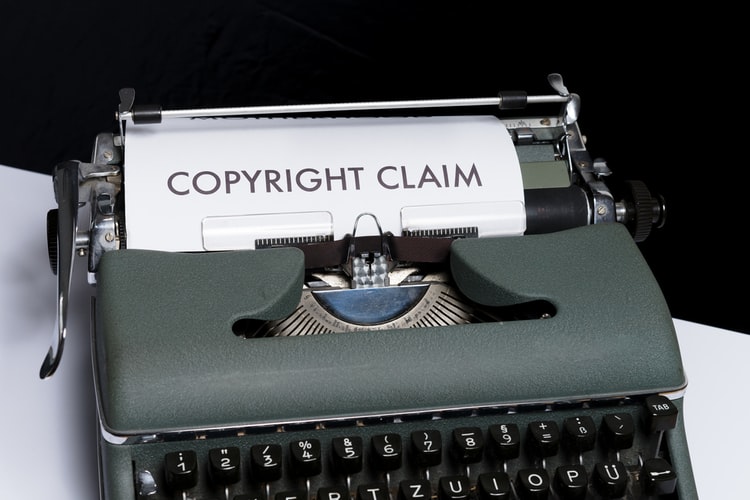Design a brand
Understand copyright information
When you’re creating your eLearning courses, it’s important to not only protect your content but be mindful of using someone else’s content legally. You can add copyrights to your work to protect it and mark it as the original. That way, nobody else can legally use it. Photographers put watermarks on their photographs all the time for this same reason. I’ve added one to the present photo but they are available all together in shapes and sizes. It’s like visual copyright. All types of creative work can be copyrighted. And both published and unpublished works are often copyrighted also. Let me stress that I’m not a lawyer, and I am not supplying you with legal advice, I’m just supplying you with a quick overview. If you’re unsure about copyright and trademarks as they apply to your work, seek legal counsel. Using copyright on your content is always a good idea, particularly with proprietary information. If you’re creating courses for a new set of marketing principles, for example, you don’t want someone else stealing your ideas. Protect your work, and make sure the imagery and other content you are using are legally yours. The written content of all kinds, as well as video, audio clips, imagery, icons, and photographs, are all considered intellectual property, or IP. So what’s the difference between a copyright and a trademark? Copyrights protect your content, and trademarks are used to protect product names and logos, things like that. Always a good idea when you’re creating a new product to use a unique identifying name to help avoid fraud. Protect your work from the beginning. Add copyright information to the initial draft. Let people know you’re a professional, and you intend to take control of your content through every stage. A copyright can be as simple as the copyright symbol with the year and company name. Sometimes the words “All Rights Reserved” are used. You don’t need the copyright on every slide unless the brand guidelines require it. And although the copyright needs to be there, it doesn’t need to be enormous. You can apply transparency to the copyright text to make it less noticeable, so as not to compromise your design.

Now let’s talk for a flash about the general public domain. there is a lot of free content out there, and far of it falls under this category. property right content is creative work that’s not protected by property laws like copyright, trademark, or patent. the general public owns these works, not a private author or artist. Anyone can use a property right work without getting permission, but nobody can ever own it. For information on the general public domain, visit this website. Remember, don’t just grab images off the web, and make certain to offer credit to the author if you’re borrowing materials from the general public domain. If you’ve got further questions on the general public domain, inspect the FAQ page for more information. Finally, let’s mention creative commons. If you create content that you simply want to share with the planet, but still want to regulate ownership, creative commons may be a great option. it is a free service, you only answer a couple of questions on how you would like your content to be used and shared. Creative Commons work is additionally available for you to use on your eLearning courses. each bit of content can have different restrictions or none in the least, so make certain to follow the rules for it. Learn more about creative commons at this website. inspect the exercise file for extra resources concerning creative commons. Whether you create your content or use existing materials you discover online, remember to use logic, and always protect your work.


Recent Comments